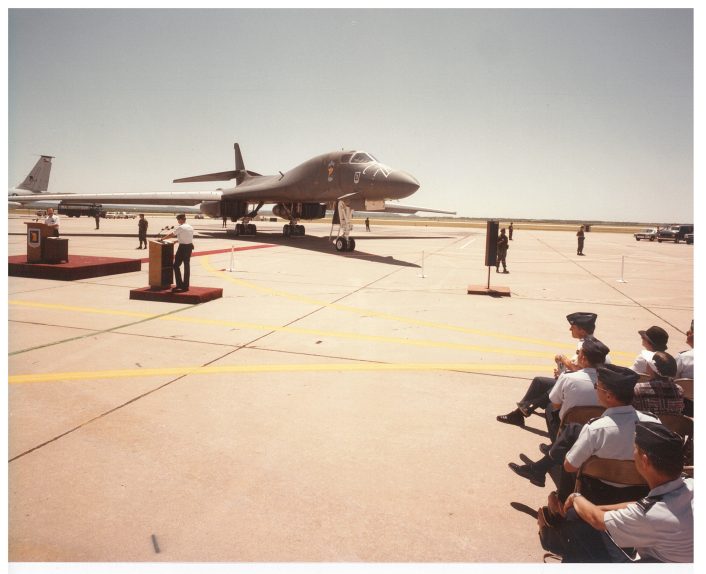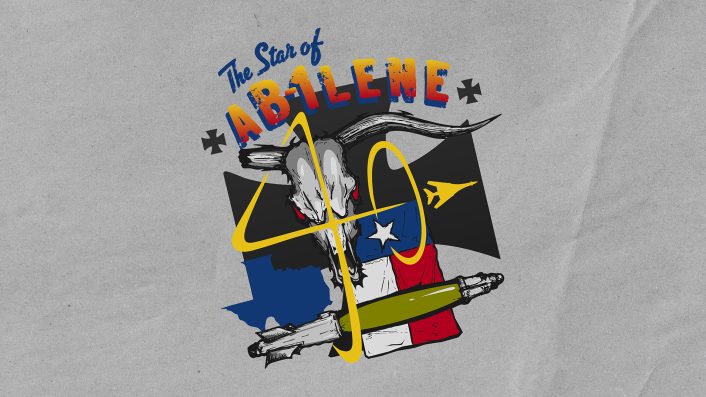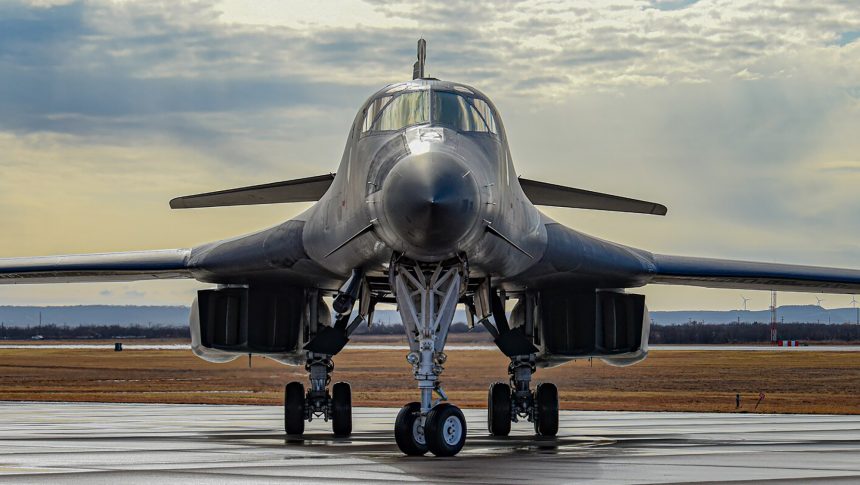40 years ago, the first BONE arrived at Dyess Air Force Base, Texas.
June 2025 marks a major milestone for one of the U.S. Air Force’s most iconic bombers. As detailed in a public release posted by the service on June 6, 2025, the B-1B Lancer celebrates 40 years of operations from Dyess Air Force Base, Texas. The base has been closely associated with the aircraft since the first B-1, “The Star of Abilene,” arrived on June 29, 1985.

Officially named “Lancer”, but affectionately called the BONE (from “B-one”) within the fighter pilot community, the bomber was first developed as the B-1A, a highly supersonic (capable of over Mach 2) nuclear-delivery bomber, but it eventually entered service in a modified slower (but still supersonic) version, the B-1B, in the final years of the Cold War.
After the collapse of the Soviet Union, the B-1B fleet underwent a refit to improve its conventional capabilities, until the limitations of the New START arms-control treaty with Russia completely removed the bomber’s ability to deliver nuclear weapons, relegating it to a conventional strike role, a position in which it excelled thanks to its 75,000-pound (34,000 kg) payload, the heaviest among the current U.S. bombers.
In fact, with nuclear delivery capabilities consolidated under the B-52 Stratofortress and B-2 Spirit fleets, the B-1 evolved into a conventional, multi-mission bomber with unmatched speed, payload, and flexibility.
“The B-1 is an incredible aircraft. It brings unmatched versatility and firepower to the fight,” said Lt. Col. Ryan Stillwell, commander of the 9th Bomb Squadron. “Here at the 9th, we’ve demonstrated the B-1’s ability to rapidly deliver munitions across the globe, consistently showing up for our allies and partners.”
Capable of carrying the largest conventional payload of any U.S. bomber, both guided and unguided, the B-1 has become a global symbol of U.S. strike capabilities.
“For decades, the B-1 has been the foundation of our long-range strike capability,” said Lt. Col. Brian Guyette, commander of the 28th Bomb Squadron. “At the formal training unit for the B-1, we take pride in forging the world’s best combat aviators who will carry forward the proud legacy that has defined B-1 operations for the last 40 years.”
Following the 2015 alignment of the 7th Bomb Wing under Air Force Global Strike Command (AFGSC), the B-1 supported continuous bomber presence missions in Europe until the launch of the Bomber Task Force (BTF) concept in 2018. These rotational deployments allowed B-1 crews to integrate with allies, conduct multi-day sorties in various environments, and test the aircraft’s ability to operate from new airfields using hot-pit refueling techniques.
“The B-1’s ability to deploy quickly, operate at supersonic speeds and carry the largest conventional payload makes it inherently unpredictable to adversaries and a flexible combat asset,” Stillwell explained. “Whether it’s integrating with our allies or responding to our adversaries, the B-1 enables a forward presence alongside critical strategic reach. Our adversaries never know when or where a B-1 will show up, but they all know exactly what it can do when it does.”
One of the clearest examples of this capability came last year. Between Feb. 1 and 3, 2024, B-1s from Dyess flew a 34-hour round-trip combat mission to strike targets in Iraq and Syria. The aircraft launched from the U.S., conducted its mission, and returned home without any intermediate landing.
“When it comes to penetrating enemy defenses and delivering the final blow before coming right back home again, there is no aircraft or crews finer than the B-1 and the Airmen that support them,” said Col. Seth Spanier, 7th Bomb Wing commander. “With in-flight refueling and advanced targeting capabilities, we can ensure bombs hit their target and aircrews return safely, all without the need for forward basing. It’s a proven model; our adversaries know it, and our Airmen demonstrate it. The B-1 has always been and remains a testament to the dominance of U.S. airpower.”
With 40 years of operational experience, the B-1 continues to serve as a key asset in supporting the National Defense Strategy. AFGSC relies on the B-1 as the fastest, highest-loading, and only purely conventional bomber in the U.S. Air Force inventory.

The B-1B is expected to be replaced by the B-21 stealth bomber, and the last Lancers, whose divestment started in 2021, should serve until 2036.
“The B-1 has defined what it means to deliver rapid, precise power across the globe, shaping how we project strength in today’s era of great power competition,” said Maj. Gen. Jason Armagost, commander of Eighth Air Force and the Joint-Global Strike Operations Center. “Its legacy of combat credibility and adaptability laid the foundation for the future, the B-21 Raider. The B-21 is a bomber built from the lessons, achievements and relentless drive of the bomber community. Modernization isn’t the retirement of the past, but a continuation of excellence forged through decades of real-world operations.”









